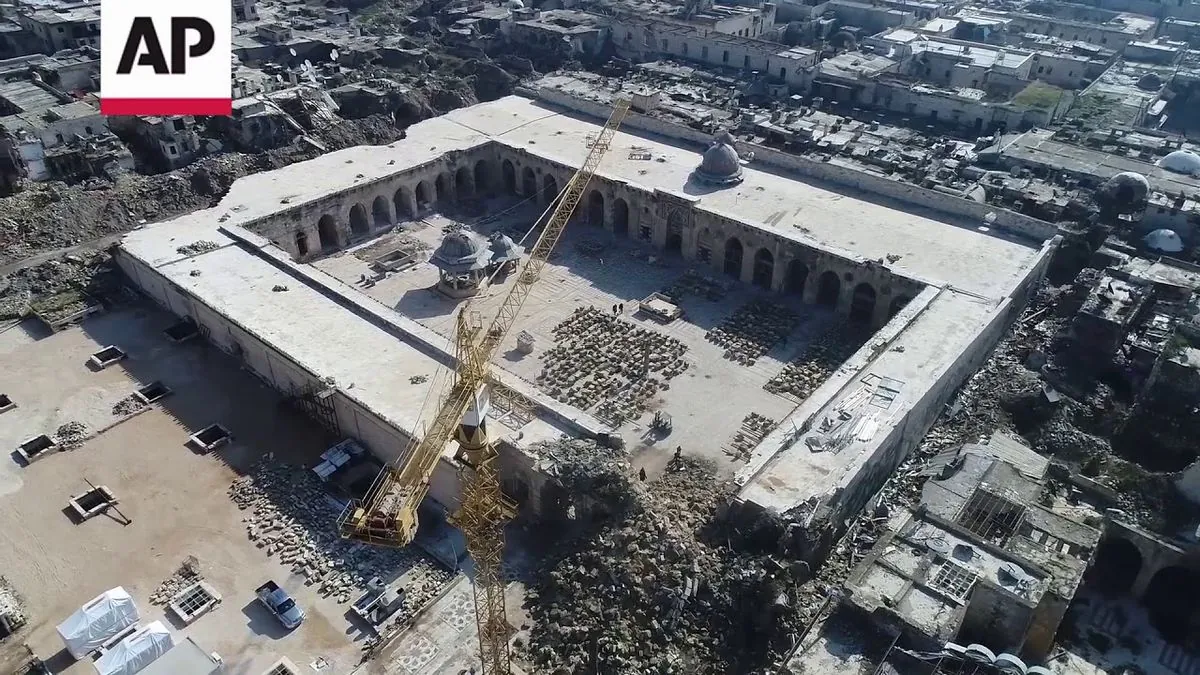The Assad familyʼs iron-fisted control over Syria spans more than five decades - a time-period marked by un-paralleled state violence. Bashar al-Assad took power after his father Hafez al-Assad‚ creating a father-son dynasty that ruled through fear and repression
The regimes prison system became a black-hole where thousands vanished without trace. A military photographer (code-named “Caesar“) exposed the horror: his smuggled photos showed over 6‚000 bodies of detainees who died from torture in just a few Damascus facilities. The Syrian Network documented more than 150‚000 arrests since early-2011‚ including thousands of women and children - many whose fate remains unknown til today
The regimeʼs arsenal included banned chemical weapons: sarin gas killed nearly 1‚500 people in the Ghouta attack. Despite promising to give up these weapons Assad kept using chlorine bombs against civilians in places like Khan Sheikhoun and Douma. The attacks continued even after international warnings; leaving dozens dead in each strike
The Syrian air-force created terror with barrel-bombs - oil drums packed with explosives dropped from helicopters onto residential areas. When Putin joined to help Assad around 8 years ago‚ Russian jets targeted hospitals schools and markets killing over 100‚000 civilians. This forced millions to flee: about two-thirds of Syriaʼs people left their homes with half going abroad
The regime used siege tactics to break opposition areas. They blocked food and medicine to eastern Ghouta and Aleppo forcing people to surrender or take one-way bus rides to Idlib province. Even there humanitarian aid faced strict limits due to regime and Russian pressure
Now with Assad gone prosecutors worldwide can seek justice. German courts already jailed one torture-center boss for life; France charged Assad for the Ghouta attack. The International Criminal Court might also act using creative legal ways to claim jurisdiction through refugee flows to Jordan
